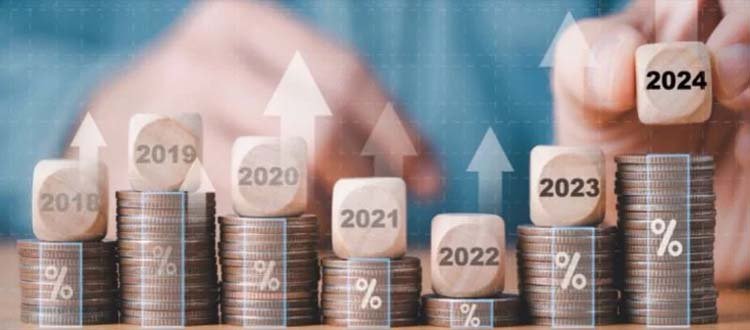The 60/40 Portfolio: Rising from the Ashes

The beginning of a new year ought to be a time for thoughtful strategising, yet 2023 confronted investors with a barrage of unprecedented challenges, complicating the path forward. As JP Morgan’s Jamie Dimon aptly remarked at the Future Investment Initiative conference in Riyadh, Wall Street's major banks had been “100 percent dead wrong” with their economic forecasts in the past 18 months. Adding to the investor's dilemma are clickbait headlines, posing alarmist questions about imminent market crashes or looming recessions, such as “Are we heading for the worst stock market crash since 1928?” or “Is the US economy careening toward recession?” By the way, according to the Betteridge's Law of Headlines, any headline that ends in a question mark can be answered by the word “no”. Amidst this backdrop, the classic 60/40 portfolio model (60% equities, 40% bonds), which has for some time been pronounced stone-dead and consigned to pre-history, is now rising, phoenix-like, from the ashes. The success of this model hinges on diversification and the typically low or negative correlation between bonds and equities during periods of economic growth, a scenario we might see in 2024. However, during periods of high inflation, as seen in the last two years, this correlation can become positive, diminishing the 60/40 model's effectiveness. There is of course nothing magical about the 60/40 ratio. Alterations can be made to suit specific needs, such as increasing bond allocation for immediate income or decreasing it for a longer-term investment horizon. Investors may also compensate for any shortfall in diversification by raising allocations to alternative diversifiers such as dynamic liquid alternatives and commodities. So, as a New Year’s resolution, let us always keep the long-term vision in mind, stick to our overall investment strategy and cut out the background noise. As the Oracle of Omaha once famously said: “Nobody buys a farm based on whether they think it's going to rain next year."
View Article Source